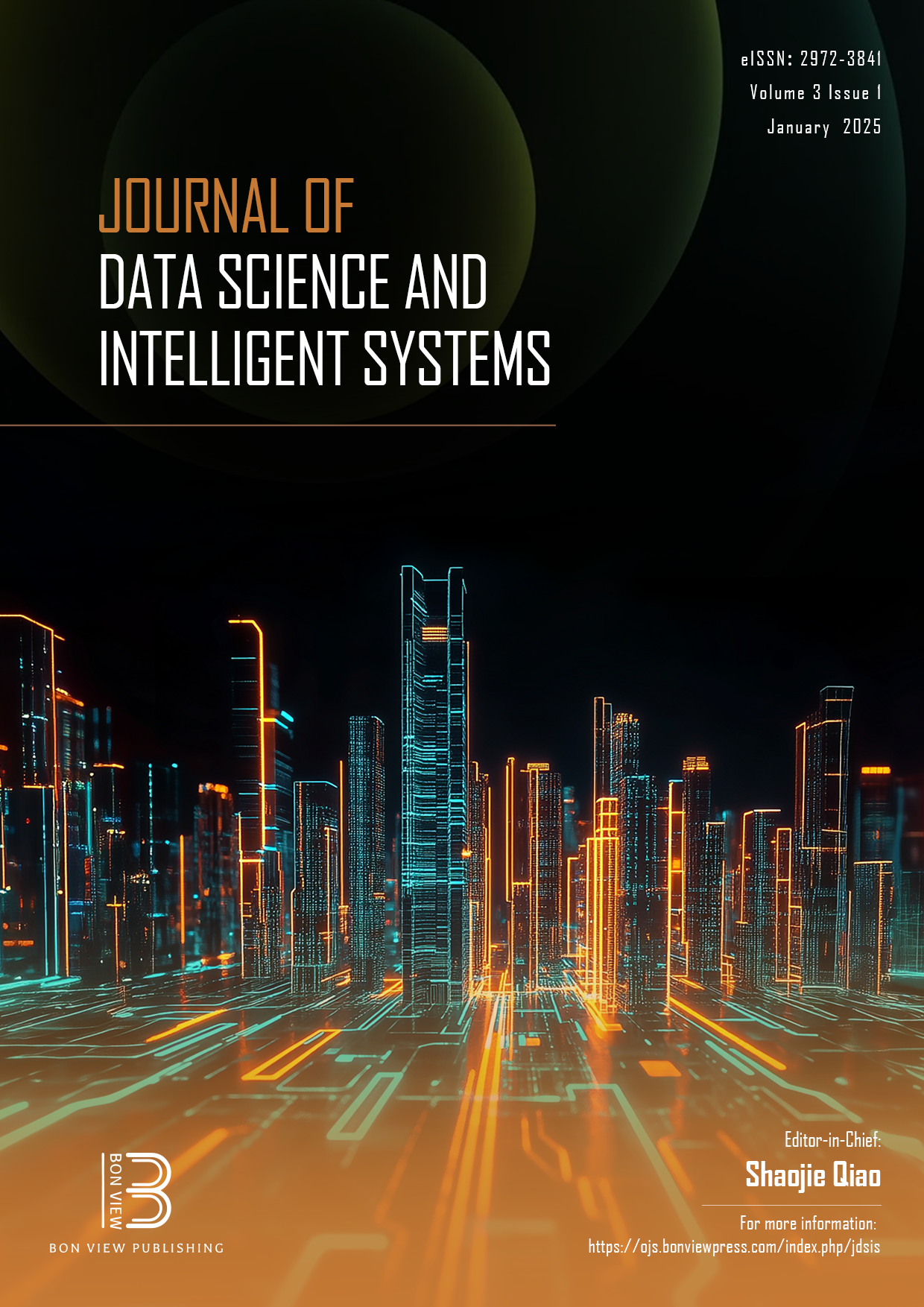Establishing the Gap Between Manually Picked and the Predicted Seismic Velocity
DOI:
https://doi.org/10.47852/bonviewJDSIS32021566Keywords:
seismic velocity, 2D, 3D, Geoscience Australia, velocity picking, marineAbstract
In exploration seismic, the seismic velocity is the key to delineating many physical properties of the subsurface. There are ways to calculate the velocity and, most popularly, it is picked manually for any seismic project. The velocity picking method has a few limitations when it comes to its quality, time consumption in this process, and the money spent during the whole work. The main objective of this paper is to provide velocity estimation of the respective region (three-dimensional seismic) derived from the velocity field available in the region from a few 2D seismic lines. The purpose is to avoid manual velocity picking errors and make the overall velocity in the region more geologically consistent with the surrounding data. Even more importantly, a seismic velocity volume assessment model created through this technique can also support any future 3D seismic imaging.
Received: 21 August 2023 | Revised: 27 September 2023 | Accepted: 1 November 2023
Conflicts of Interest
The authors declare that they have no conflicts of interest to this work.
Data Availability Statement
The data that support the findings of this study are openly available in [Australian Government] at https://www.finance.gov.au/government/public-data/public-data-policy-initiatives.
Author Contribution Statement
Vikash Tripathi: Conceptualization, Methodology, Software, Validation, Formal analysis, Investigation, Resources, Data curation, Writing - original draft, Visualization. Michael Baron: Conceptualization, Methodology, Validation, Formal analysis, Investigation, Resources, Data curation, Writing - review & editing, Supervision, Project administration.
Downloads
Published
Issue
Section
License
Copyright (c) 2023 Authors

This work is licensed under a Creative Commons Attribution 4.0 International License.


